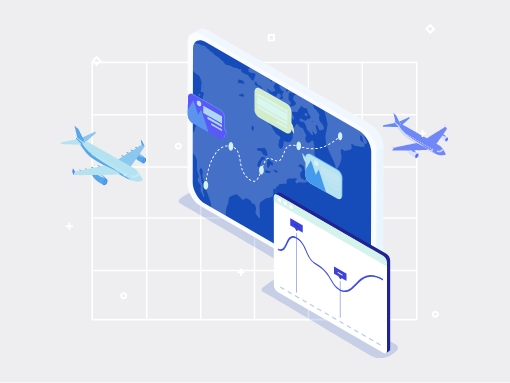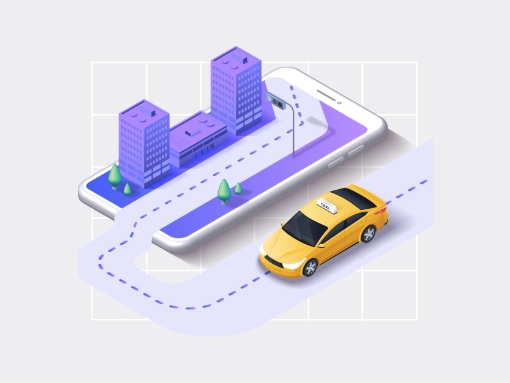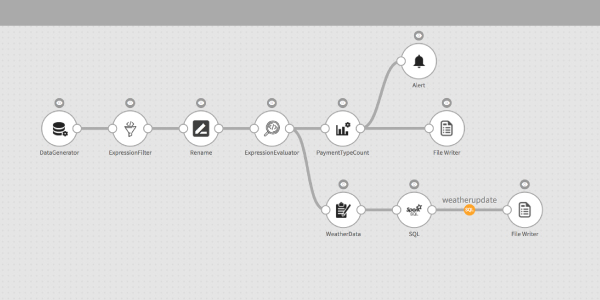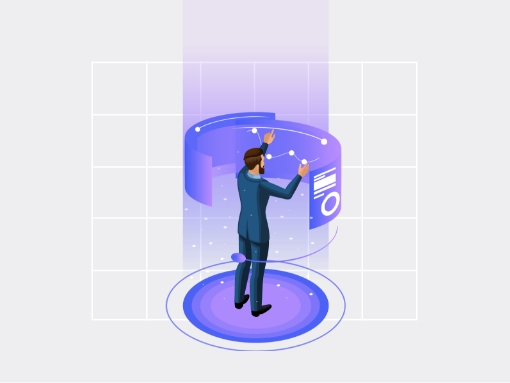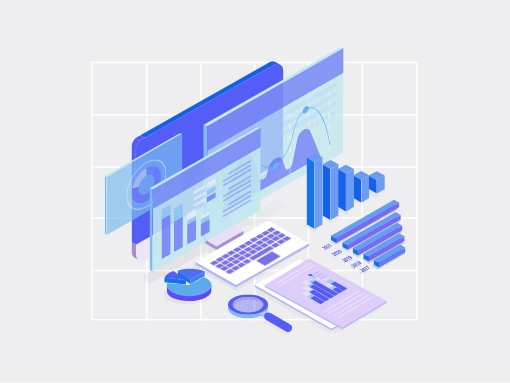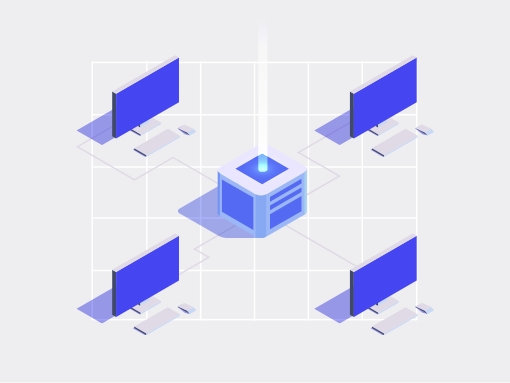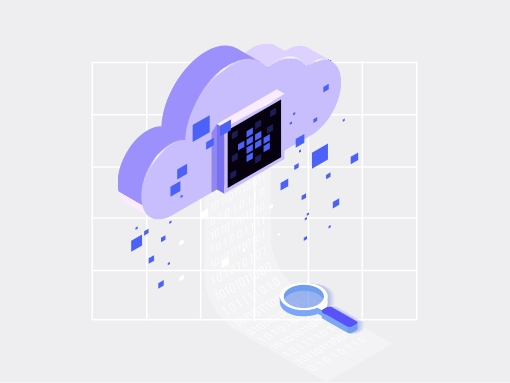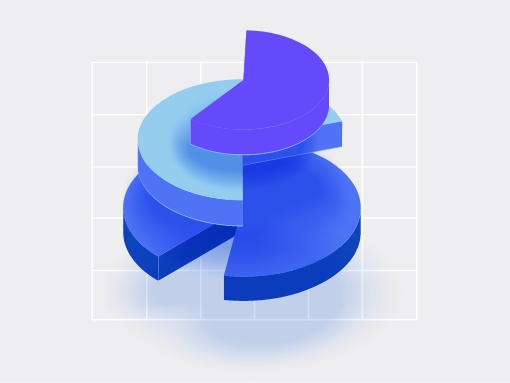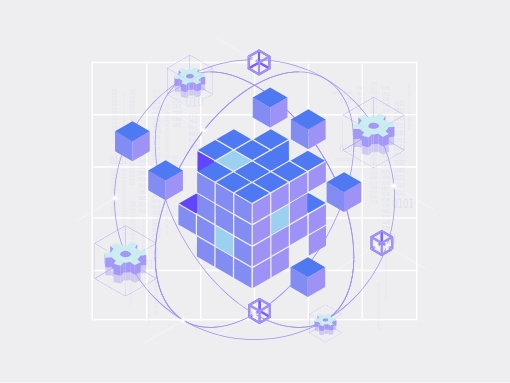A large US-based airline use case
A recent study by Harvard Business Review revealed that 60% of enterprise business leaders believe real-time customer analytics is crucial to provide personalization at scale. According to the study, the number is expected to increase to 79% by 2020.
As mobile-first becomes the driving force for customer experiences, airlines are battling it out to make every customer journey personalized and customized in real-time. With every customer choosing different channels to interact at different points in their engagement journey, the challenge for airlines is to tap all these points of interaction to create an experience that’s personalized and relevant.
As passenger data becomes more readily available, airlines can have a granular insight into individual travelers to create tailored services for specific groups. Real-time use of this data can boost revenues, improve customer satisfaction, and enable proactive resolution of issues raised with the contact center.
Did you know?
- 36% of consumers are willing to pay more for personalized experiences
- Nearly 60% of consumers believe that their travel experience should deploy the use of AI and base their search results on past behaviors and personal preferences
- 50% of global travelers say that personalized suggestions for destinations and things to do encourage them to book a trip



